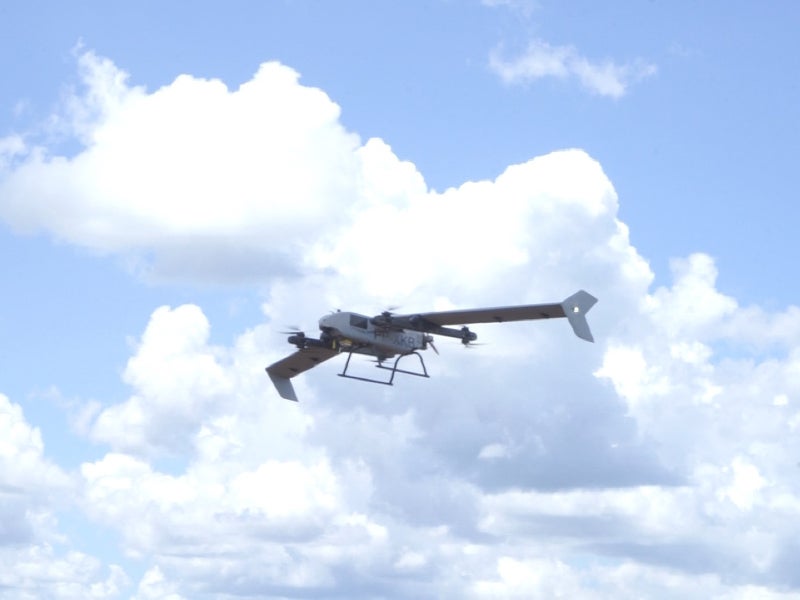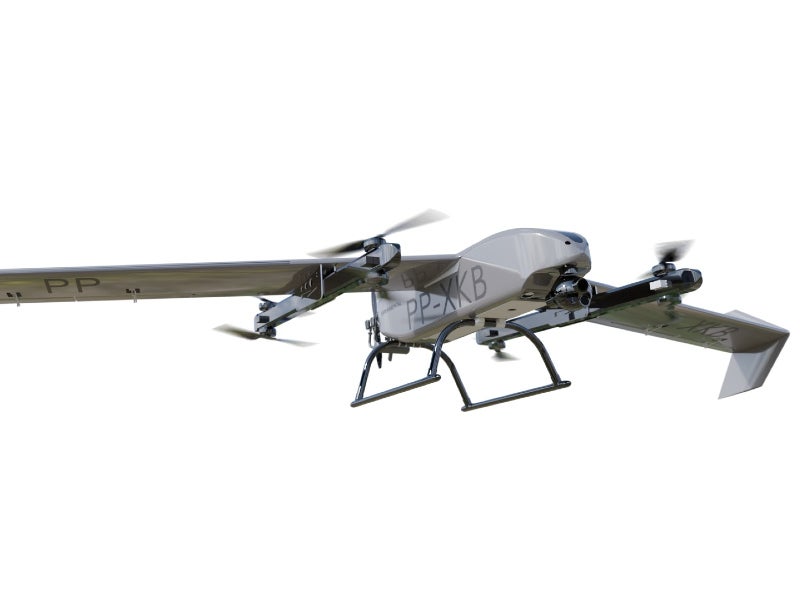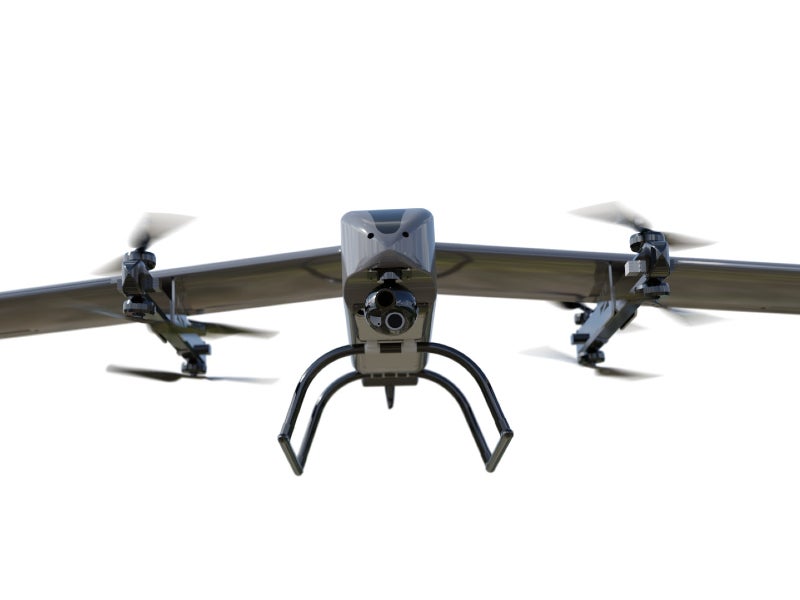Nauru 1000C vertical take-off and landing (VTOL) unmanned aircraft system (UAS) has been introduced by XMobots, a remotely operated aircraft (RPA) systems manufacturer based in Brazil.
The VTOL aircraft has been developed for use in defence and security applications. It can support security, surveillance, and border monitoring missions. Nauru 1000C is the first of its kind UAS completely developed in Latin America for these applications. The versatile UAS can be deployed in harsh climatic conditions including rain or fog.
Orders and deliveries
XMobots was contracted to supply three Nauru 1000C drones, two EO/MWIR XSIS 222A gimbals, two ground moving target indicators (GMTI) and synthetic aperture (SAR) radars, communication terminals, and control stations to the Brazilian Army. Deliveries of the systems started in March 2022.
The contract also includes training and logistics support. XMobots conducted more than 660 hours of theoretical teaching and 200 hours of practical training for a Brazilian Army team, during seven phases.
The Brazilian Army will deploy the Nauru 1000C systems in defence, security, and surveillance missions.
XMobots employed examiners accredited by the National Civil Aviation Agency of Brazil (ANAC) for the first time in Brazil to train and qualify the soldiers to operate the drones.
Nauru 1000C design and features
Nauru 1000C is a fixed-wing VTOL UAS made of aluminium and composites. The remotely piloted octacopter is powered by a hybrid propulsion system including combustion engines, electric motors, rotors and batteries.
The unmanned aircraft has a wingspan of 7.7m (25.2ft), a length of 2.9m (9.5ft), and a height of 0.98m (3.2ft). Its maximum take-off weight (MTOW) is 150kg, while the maximum payload capacity is 18kg.
The UAS has two auto autopilot systems that offer redundancy in all onboard flight systems while ensuring a high level of security during its operations.
Nauru 1000C sensors and communication systems
The Nauru 1000C UAS is equipped with XMobots Stabilized Imaging System (XSIS) integrating a high-performance 85µrad stabilising system to stabilise the onboard sensor payloads.
The stabilised turret integrates an electro-optical (EO) camera, a medium wave infrared (MWIR) sensor, a laser range finder (LRF), a laser pointer (LP) as well as SAR and GMTI systems. The sensors enable the detection of targets during surveillance, reconnaissance, and intelligence gathering missions.
Weighing 6kg, the XSIS gimbal enables onboard cameras to capture stabilised daylight and night images. It can mechanically rotate 360° continuously with a tilt of -90° to +10°.
The sensors integrated into the XSIS system provide target coordinates and perform automatic tracking, target designation and detection of targets.
Ground control station
Nauru 1000C can be controlled from a 2.5t mobile unit station (shelter) within a container. The shelter is capable of storing three remotely piloted aircraft, three ground control stations and two ground data terminals which include telecommunications systems with automatic pointing. It also offers space for the operations team during a mission.
The ground control station features 21.5in touchscreens, instrumentation of the RPA´s primary data, and command and control systems to pilot the UAS and control its mission payloads.
Propulsion and performance
The hybrid propulsion system of Nauru 1000C includes combustion engines and an electric VTOL system integrating eight engines that receive power from independent batteries.
Nauru 1000C offers ten hours of autonomy at a cruise speed of 60kt (111.1km/h) and a range of 60km (37.28mi). It can reach a maximum altitude of 10,000ft (3,048m). The fuel carrying capacity of the UAS is 50l.






